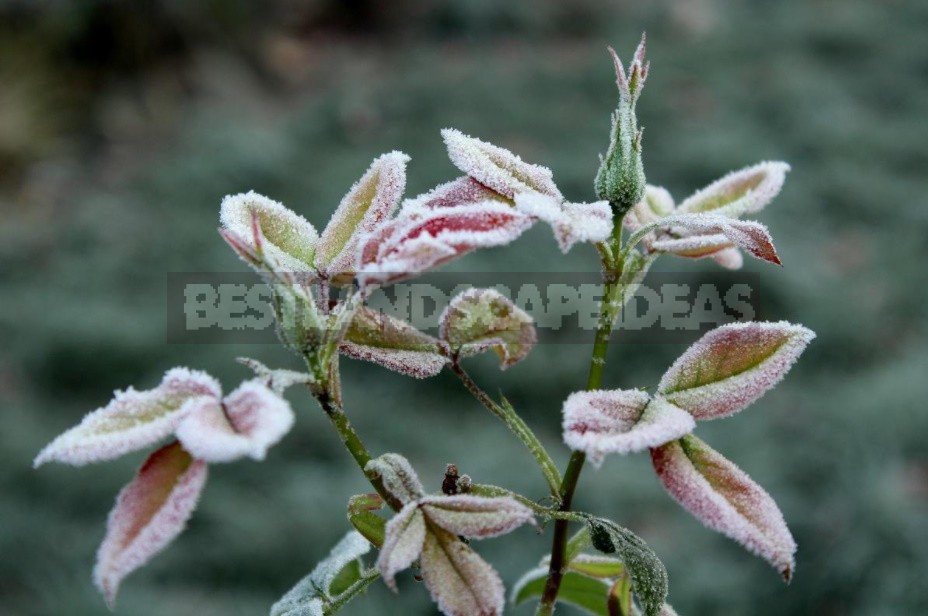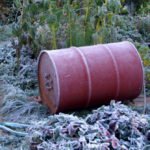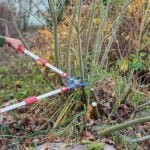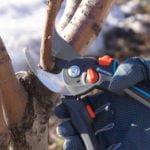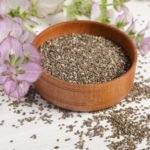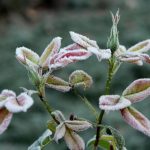Issues of plant conservation in winter are very important. Most of their deaths occur in winter or spring. Recently, many new species and varieties of plants have appeared on the market, usually bred and grown in warmer climates, and their life here is impossible without shelter for the winter, at least in the first years after planting.
To assess the cold resistance of plants, many firms specify USDA zones. According to this classification, in the middle zone and in the North-West, plants belonging to 3-4 zones can be safely grown without shelter, plants of the 5th zone need to be covered for the winter, and the 6th do not always winter even under shelter.
When evaluating the possibilities of growing plants in a particular climate, it is more correct to talk not only about cold resistance, but also about winter hardiness in General, since death can be associated not only with low temperatures, but also with the spread of diseases due to dampness, burns and other adverse conditions, which are often referred to in one word “frozen”. The ability of plants to recover after freezing is also very important.
The ability of plants to survive in winter, in addition to the biological characteristics of specific species and varieties, is affected by many factors:
- features of the current year’s weather conditions;
- climatic features of the area and even a specific site;
- the age of the plant;
- their condition.
After evaluating all this, in each selected case, you need to decide on a winter shelter individually.
The most important facts about winter shelter plants
Can offer many specific ways to hide and use different materials, but it is more correct to understand the possibilities and dangers of different types of shelters and create your own system of preparing plants for winter and their shelter, taking into account local characteristics and their capabilities.
When deciding what and how to cover, you need to remember the following:
1. Plants are not warm-blooded creatures, and it is useless to “dress” them.
Heat in winter comes only from the ground, and to increase the temperature in the shelter, you need to reduce heat loss by using thermal insulation materials. The lower the shelter, the warmer it is. The use of various covers, wrapping plants directly on the support (for example, climbing roses) can protect against burns, wind, but not from the cold.
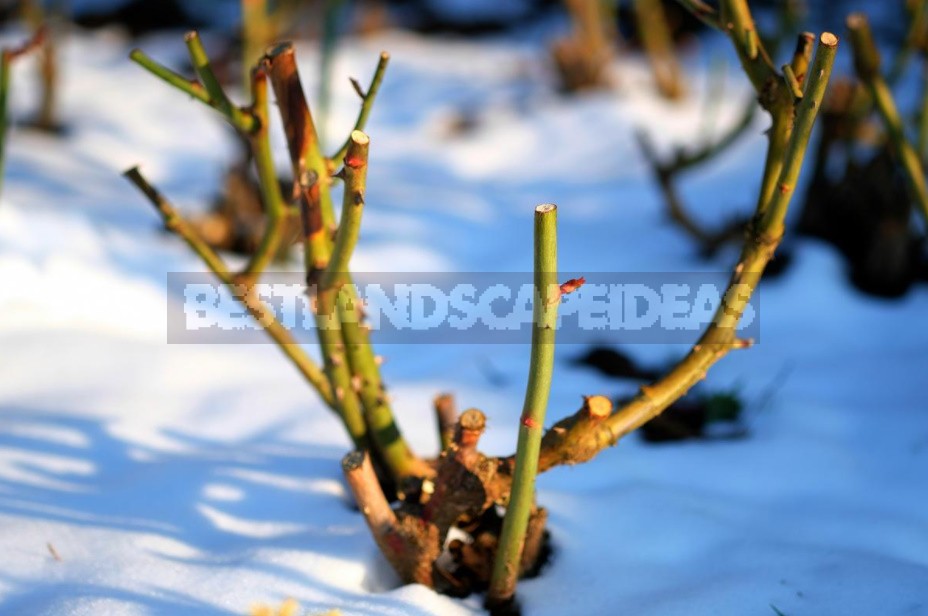
2. The main insulating material in our case is the snow.
If there was a loose layer of snow all winter, most of the plants we grow could winter without shelter. All shelters should be made so that they are evenly covered with snow, which means that they would not be too high, and would not have canopies that prevent the ground from being covered with snow.
3. materials containing air retain heat Very well.
Therefore, shelters should contain air layers, and insulation materials should be loose.
4. the Main reason for the death of plants in shelters is the development of diseases in conditions of high humidity.
Therefore, it is necessary to fight infection on sheltered plants, make shelters drier, be sure to provide for their ventilation in late autumn and spring, and prevent water from flowing into them.
Now let’s look at different types of shelters and their application features.
Mulching
Mulching is covering the ground surface with loose material in order to reduce heat output and better preserve the root system. It is used on almost all plants, but it is especially important for plants with a superficial or insufficiently cold-resistant root system and for bulbous plants. For mulching, you can use humus, peat, sawdust, fallen leaves and other materials.
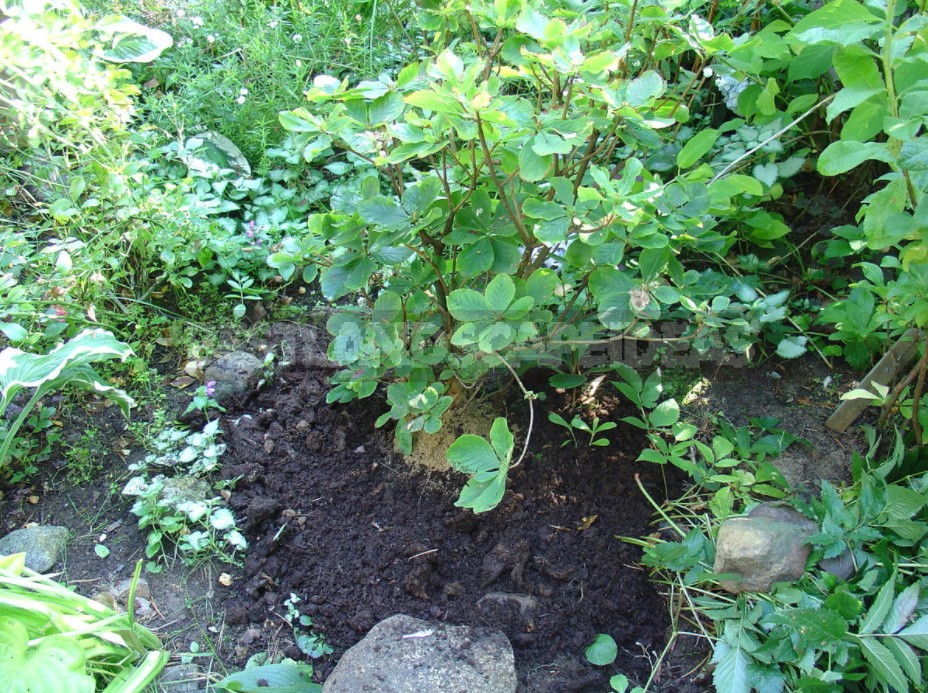
Especially you need to pay attention to shrubs with a neck that is prone to spoilage. It is usually advised not to mulch the area directly adjacent to the trunks, but it is very difficult to do this in practice, because rain and melting snow still moves the mulch to the trunks. In this case, filling the neck area with large sand with a small hill near the trunk helps. Sand well protects the neck and bark in the lower part of the trunks from rotting throughout the year.
Covering plants with fallen leaves is a very common recommendation. But you need to keep in mind that the layer of dried leaves, filled up on dry ground, has good thermal insulation properties, and wet leaves that have been caked only contribute to rotting. This is especially dangerous for plants with wintering rosettes, such as Korean chrysanthemums, so this method of shelter is not suitable for them, especially in wet climates.
Hilling
Hilling plants for the purpose of insulation is adding earth or other loose material: peat, sawdust, etc.to the base of the Bush. A layer of material 10-40 cm high increases the temperature in the root neck area and allows you to preserve the existing buds. It is used on various types of plants, in particular, on hydrangeas, clematis, roses, but for many plants, hilling is dangerous, as it leads to the bark sticking out in the neck area.
In areas with a more continental climate, where there is a sharp border of cooling, it is recommended to hoe most plants after the establishment of frosts and freezing of the soil surface. In an unstable climate (in particular, in the North-West), the establishment of winter is uncertain, and hoeing of trees and shrubs that are prone to spoilage is unacceptable. This applies, for example, to ornamental and fruit cherries and plums. You can not hoe roses after the formation of frost cracks on them, as this leads to the penetration of infection through the cracks formed.
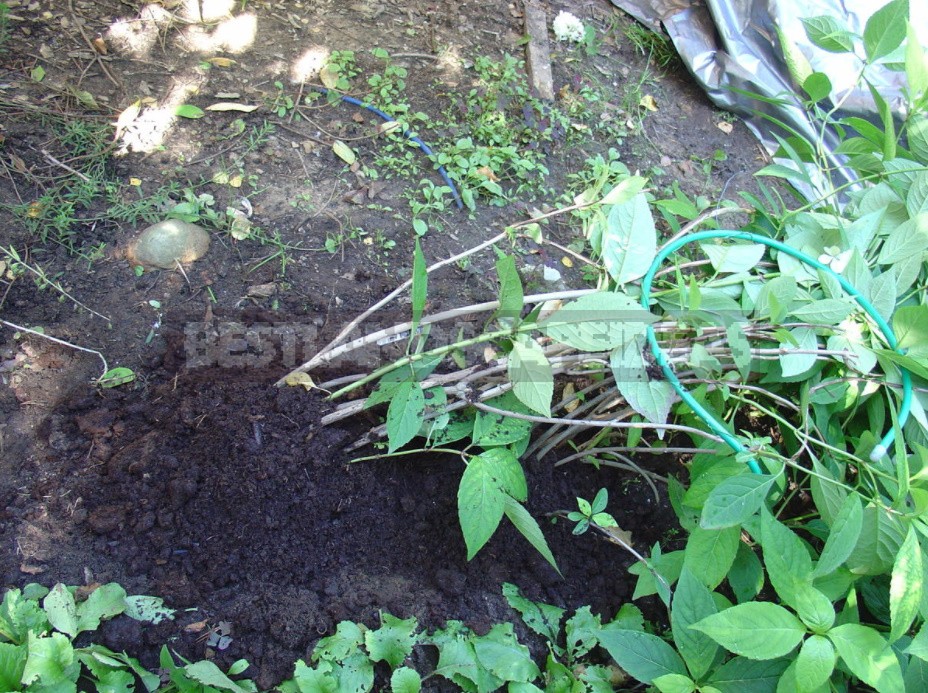
Ducking
Very often we grow shrubs whose aboveground part is not cold-resistant enough — for example, shrubs that bloom on the shoots of last year and lay flower buds in the fall. An effective and very simple method of preserving such plants is to bend them down and then cover them with snow. You can strengthen the plants in a horizontal position by tying them to pegs driven into the ground or securing them with a wire shackle (it is convenient to use commercially available wire stands with rings to support the bushes).
It is better to bend the plants not to the ground or put bars or boards under them, so that the branches do not rot when they come into contact with the wet ground. It is necessary to bend down before the onset of frost, until the wood has become too fragile. Often tilted plants are additionally covered with non-woven material. Be sure to tilt climbing and shrubby roses, large-leaved hydrangeas, weigels, etc. In the spring, the bushes must be raised before new shoots begin to grow, otherwise they will bend.
